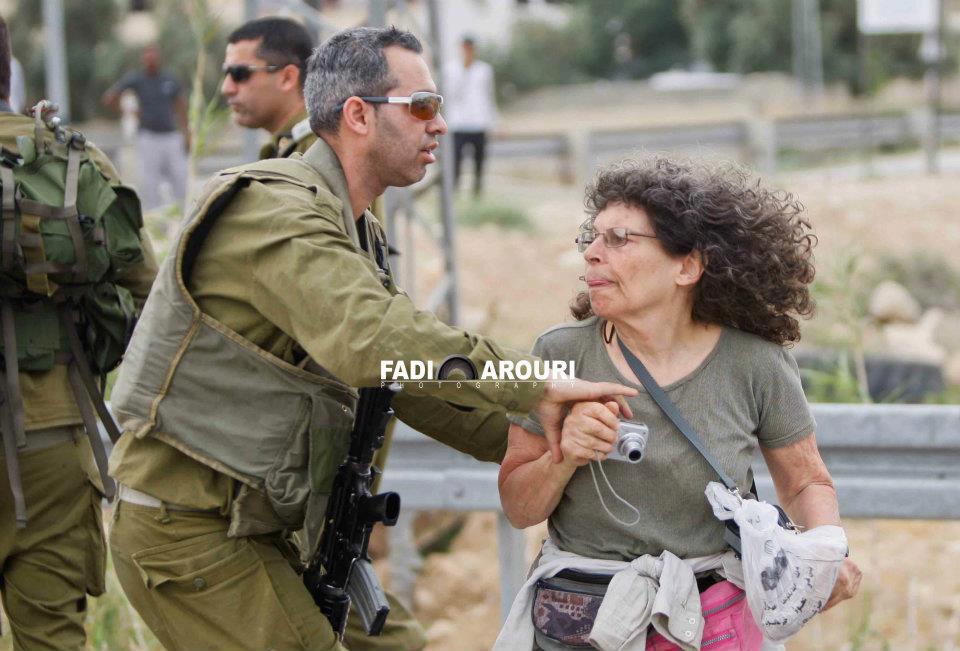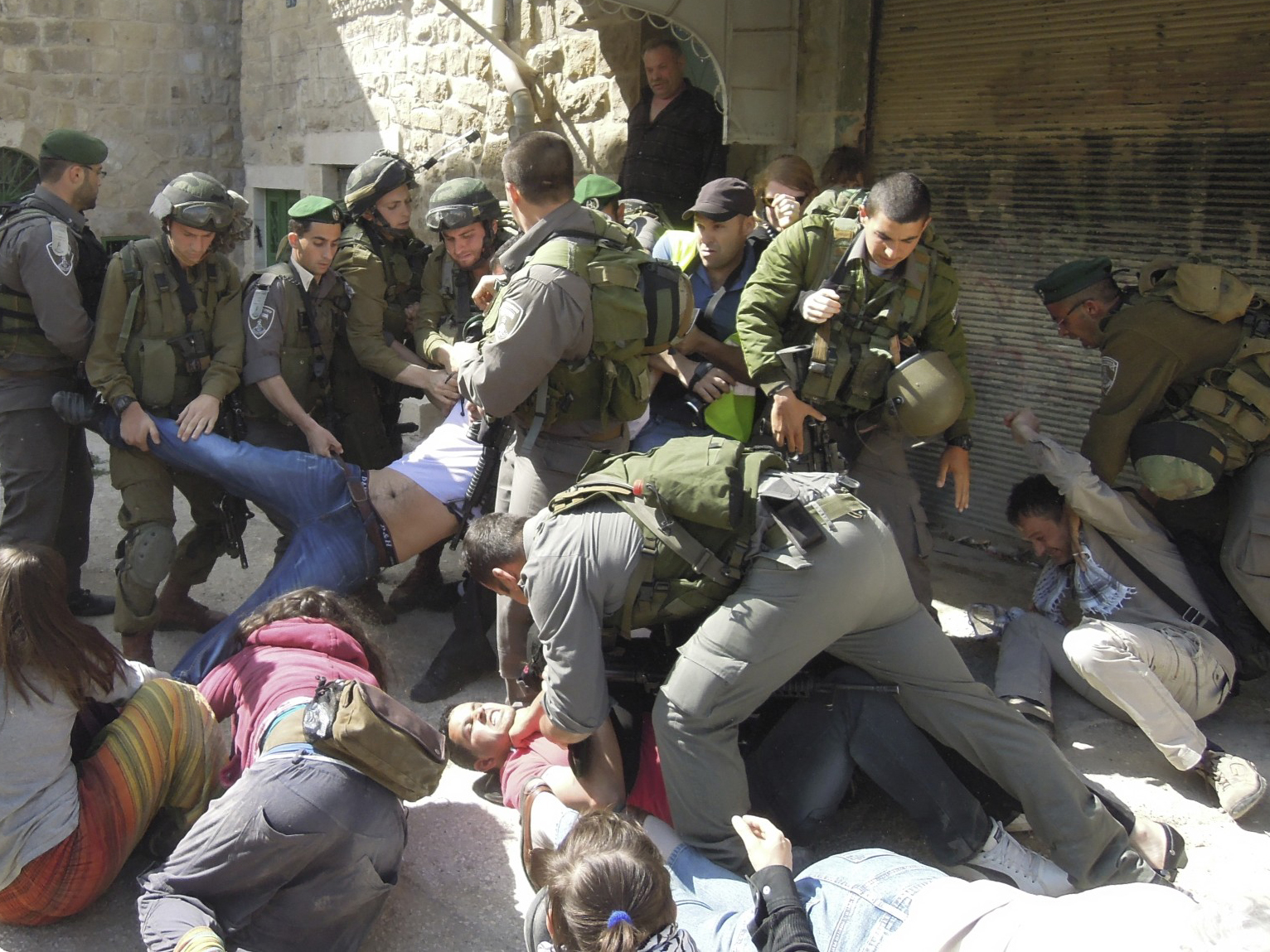Tag: Video
-
Palestinians and internationals attacked during biking trip in Jordan Valley
by Joseph and Emiliano 15 April 2012 | International Solidarity Movement, West Bank Palestinian and international cyclists were brutally attacked by the Israeli occupation forces on Saturday as they attempted to bike up Route 90, the main North-South highway running through the Jordan Valley. The cyclists were demonstrating against Israeli apartheid policies in the Jordan…
-
Israeli Border Police violently attack Palestinians and Intl’s in Hebron
by Abir Kopty 11 April 2012 | Popular Struggle Coordination Committee Twelve were detained and Three were injured after Israeli forces attacked participants of the Bili’n Conference on the Popular Struggle who toured Hebron. Israeli Border Police officers attacked a group of Palestinians and Internationals who participated in the 7th International Bil’in Conference on the…
-
Passover violence in Occupied Al Khalil
by Paige 10 April 2012 | International Solidarity Movement, West Bank The Israeli army enforced a system of extensive closures, detentions, and violence against Palestinians and internationals activists during the Jewish holiday of Passover in Al Khalil (Hebron). The army closed off the busy Beersheba road to allow Jewish settlers to visit the tomb of…


